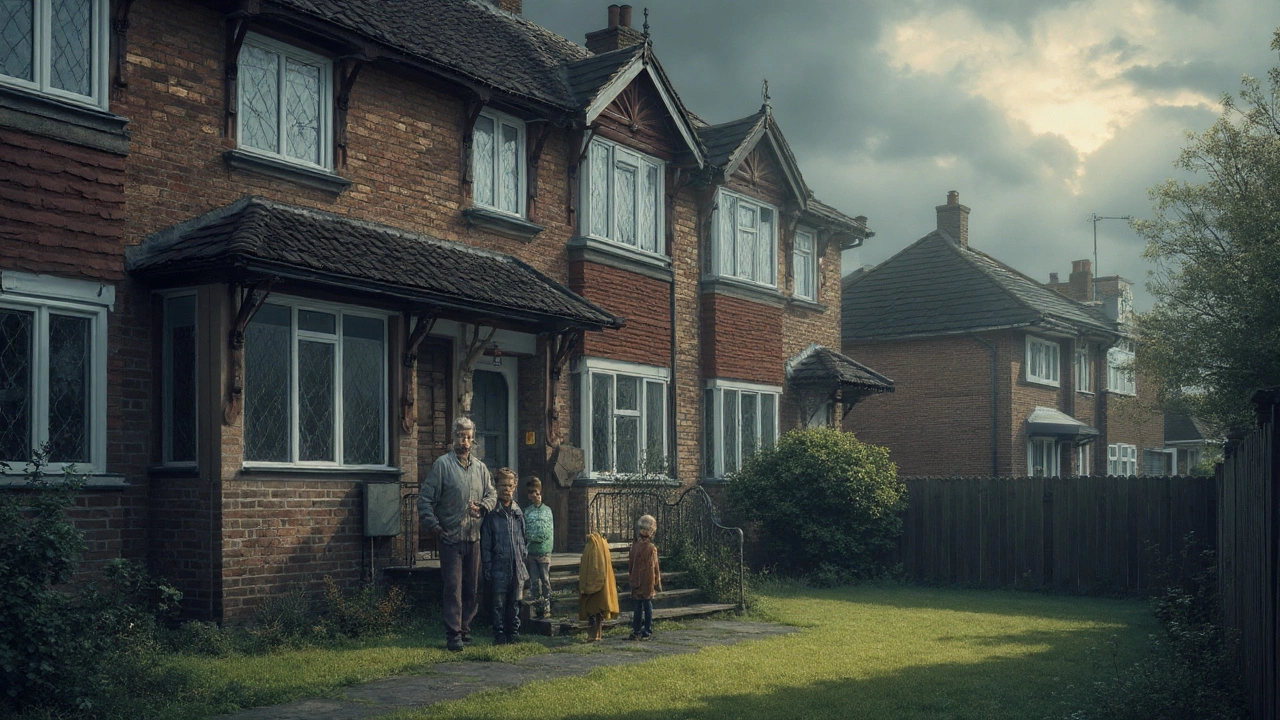Cracks in Walls: What They Mean and How to Fix Them
Seeing a line split your wall can be unsettling, but most cracks are harmless if you catch them early. The key is to know what’s causing the crack, whether it’s just settling or a sign of deeper trouble. In this guide we’ll break down the common reasons walls crack, show you how to spot the serious ones, and give you step‑by‑step steps to repair them yourself or decide when a pro is needed.
Why Do Walls Crack?
New builds often settle into the ground during the first few months. That natural movement creates hairline cracks, especially around windows, doors, and where the ceiling meets the wall. If the soil under the foundation expands or shrinks because of moisture changes, the pressure shifts and can widen those lines. Poor construction practices—like using the wrong type of mortar or skipping a proper moisture barrier—also leave walls vulnerable.
Weather plays a big part too. Heavy rain can seep into bricks, freeze, and push the material apart. In dry spells the same bricks can shrink and crack. Even temperature swings inside the house, from a hot kitchen to a cold garage, cause the building materials to expand and contract at different rates, creating stress points.
How to Repair Common Wall Cracks (and When to Call a Pro)
Start by measuring the crack. If it’s thinner than 1 mm and isn’t growing, you can usually fix it with a simple filler. Clean out any loose debris, apply a crack repair compound, smooth it with a putty knife, and let it dry. Paint over it once it’s cured to match the rest of the wall.
For cracks wider than 1 mm, or those that keep getting longer, you’ll need a stronger solution. Use a masonry patch or epoxy injection kit—these bond the two sides together and stop water from getting in. Follow the kit instructions: drill small holes along the crack, inject the resin, and let it cure. After that, skim coat the area and repaint.
If you notice cracks that form a stair‑step pattern, appear around the foundation, or are accompanied by doors that stick and windows that won’t close, it could be a foundation issue. In those cases, DIY fixes won’t hold up. Bring in a structural engineer or a foundation repair specialist. They’ll assess soil conditions, check for water drainage problems, and recommend methods like underpinning, pier installation, or waterproofing.
Regular maintenance helps keep walls healthy. Make sure gutters direct water away from the house, keep the soil around the foundation graded to slope down, and control indoor humidity with proper ventilation. Spotting a crack early and taking quick action can save you from expensive repairs down the line.
Ready to tackle those wall cracks? Grab a filler, follow the steps above, and keep an eye on any changes. When in doubt, don’t hesitate to call a professional—your home’s stability is worth the extra care.
Does a House Settle After 20 Years? Signs, Causes & Prevention Explained

Can a house really settle after 20 years? Discover why older homes move, what causes late settlement, and the impact on structure and safety.
read more



